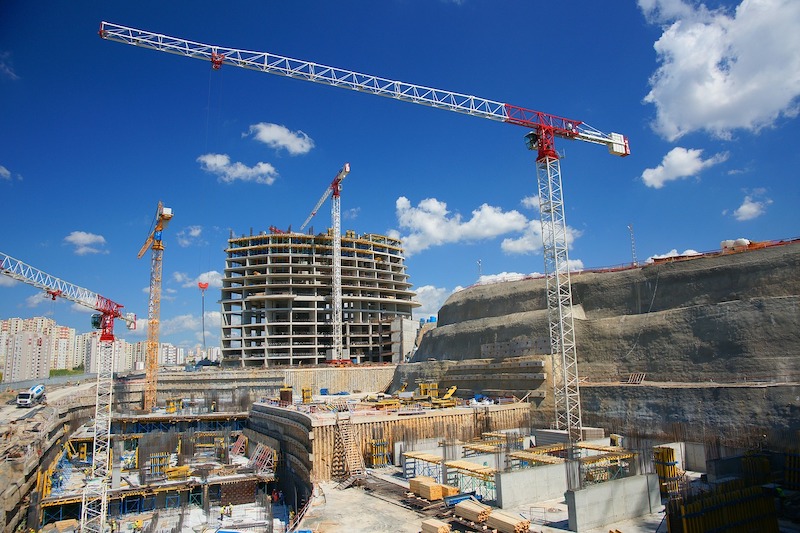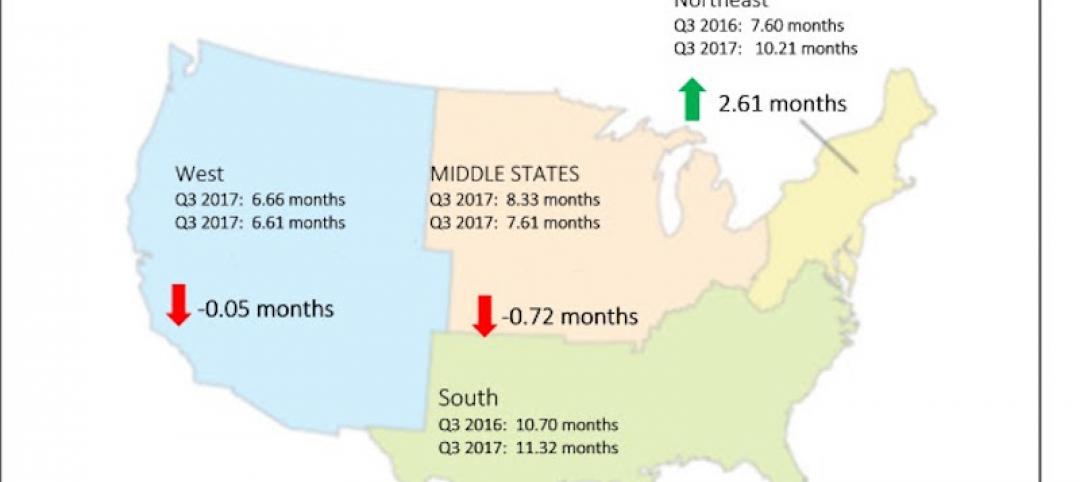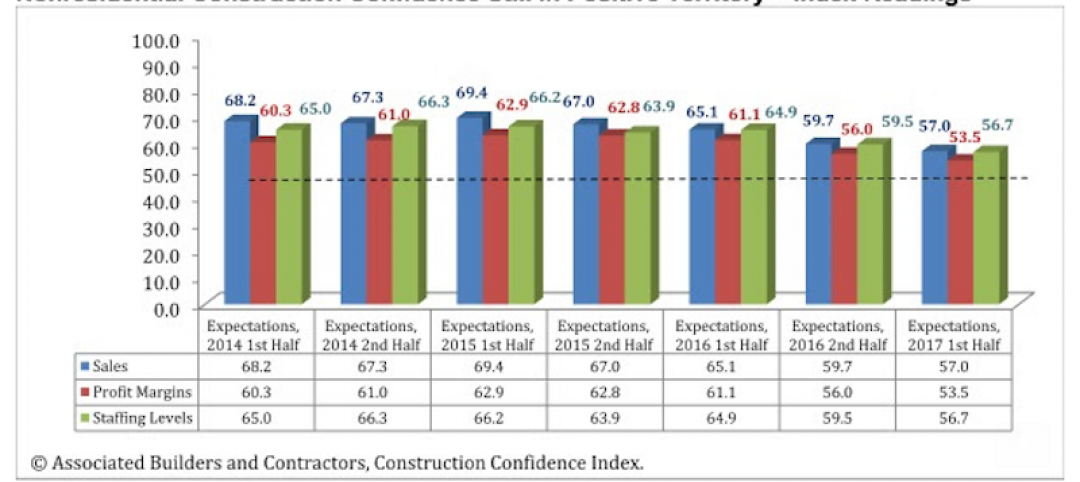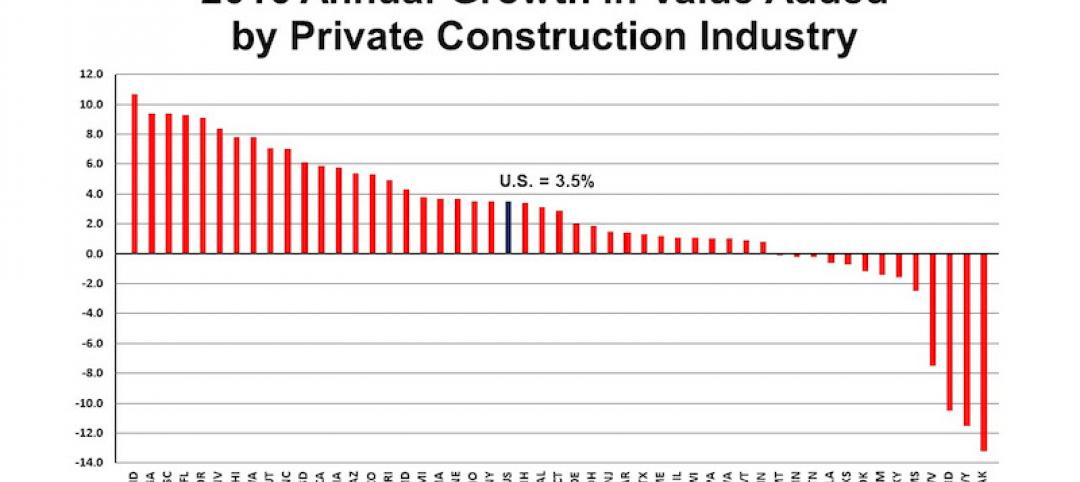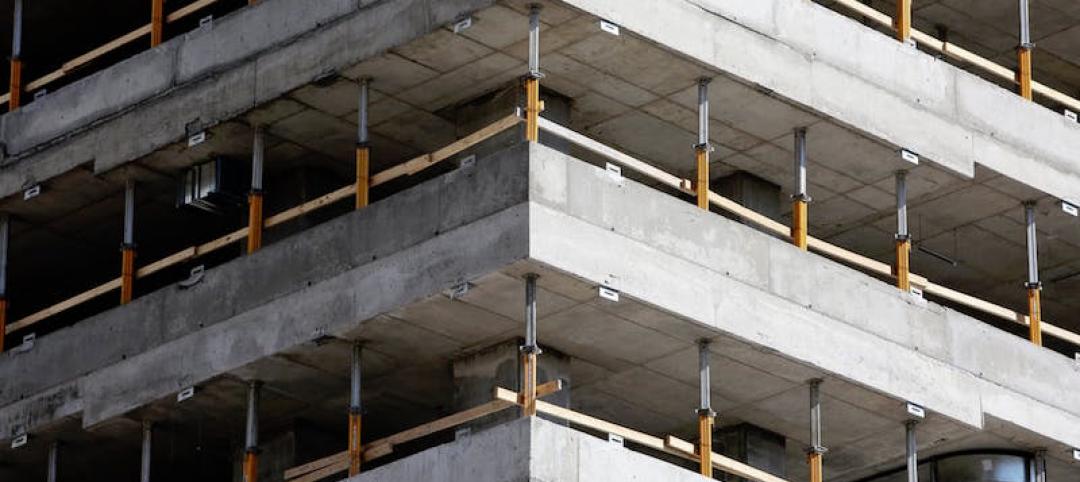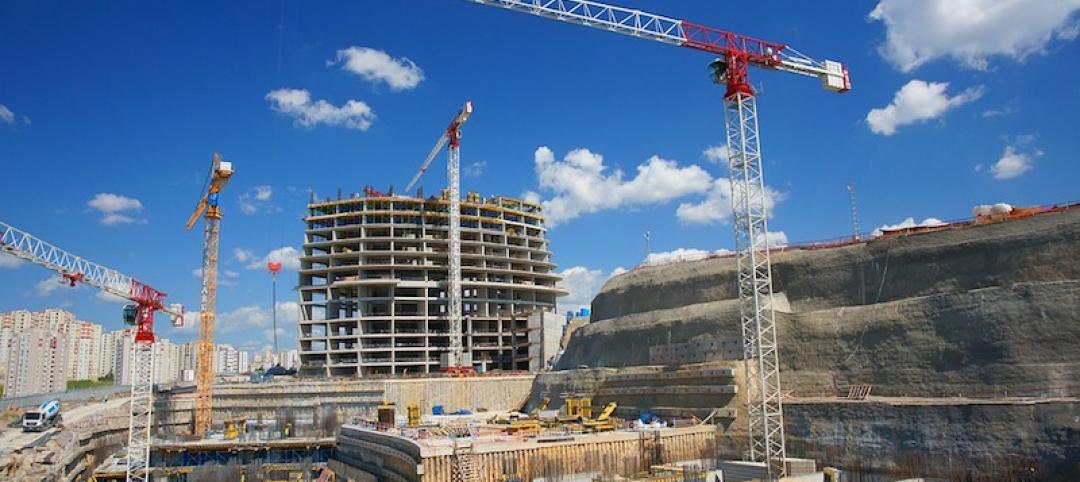Construction employment declined by 7,000 between May and June as the industry still employs 238,000 fewer people than before the pandemic, according to an analysis by the Associated General Contractors of America of government data released today. Association officials said that job losses in the nonresidential construction sector offset modest monthly gains in residential construction as many firms struggle with worker shortages, supply chain disruptions and rising materials prices.
“It is hard for the industry to expand when it can’t find qualified workers, key building materials are scarce, and the prices for them keep climbing,” said Stephen E. Sandherr, the association’s chief executive officer. “June’s job declines seem less about a lack of demand for projects and a lot more about a lack of supplies to use and workers to employ.”
Construction employment in June totaled 7,410,000, dropping 7,000 from the revised May total. The total in June remained 238,000 or 3.1% below February 2020, the high point before the pandemic drove construction employment down. The number of former construction workers who were unemployed in June, 730,000, dropped a quarter from a year ago and the sector’s unemployment rate fell from 10.1% in June 2020 to 7.5% this June.
Residential and nonresidential construction sectors have differed sharply in their recovery since the pre-pandemic peak in February 2020. Residential construction firms—contractors working on new housing, additions, and remodeling—gained 15,200 employees during the month and have added 51,000 workers or 1.7% over 16 months. The nonresidential sector—comprising nonresidential building, specialty trades, and heavy and civil engineering contractors—shed 22,600 jobs in June and employed 289,000 fewer workers or 6.2% less than in February 2020.
Sandherr noted that many firms report key materials are backlogged or rationed, while also reporting frequent increases in the amount they pay for those materials. In addition, many firms report they are having a hard time finding workers to hire despite the relatively high number of people currently out of work. He added these factors are contributing to rising costs for many contractors, which are details in the association’s updated Construction Inflation Alert.
Association officials said they were taking steps to recruit more people into the construction industry. They noted the association launched its “Construction is Essential” recruiting campaign earlier this year. They said Washington officials could help the industry by taking steps to ease supply chain backups. They also continued to call on the President to remove tariffs on key construction materials, including steel.
“The good news is there are large numbers of qualified workers available to hire who are on the sidelines until schools reopen and the federal unemployment supplements expire,” said Stephen E. Sandherr, the association’s chief executive officer. “Our message to these workers is clear, there are high-paying construction careers available when they are ready.”
Related Stories
Market Data | Dec 13, 2017
Top world regions and markets in the global hotel construction pipeline
The top world region by project count is North America.
Market Data | Dec 11, 2017
Global hotel construction pipeline is growing
The Total Pipeline stands at 12,427 Projects/2,084,940 Rooms.
Market Data | Dec 11, 2017
Construction backlog surges, sets record in third quarter
CBI is a leading economic indicator that reflects the amount of construction work under contract, but not yet completed.
Market Data | Dec 7, 2017
Buoyed by healthy economy, ABC Index finds contractors upbeat
Despite rising construction labor and materials costs, 55% of contractors expect their profit margins to expand in the first half of 2018.
Market Data | Dec 5, 2017
Top health systems engaged in $21 billion of U.S. construction projects
Largest active projects are by Sutter Health, New York Presbyterian, and Scripps Health.
Industry Research | Nov 28, 2017
2018 outlook: Economists point to slowdown, AEC professionals say ‘no way’
Multifamily housing and senior living developments head the list of the hottest sectors heading into 2018, according a survey of 356 AEC professionals.
Market Data | Nov 27, 2017
Construction's contribution to U.S. economy highest in seven years
Thirty-seven states benefited from the rise in construction activity in their state, while 13 states experienced a reduction in activity.
Market Data | Nov 15, 2017
Architecture Billings bounce back
Business conditions remain uneven across regions.
Market Data | Nov 14, 2017
U.S. construction starts had three consecutive quarters of positive growth in 2017
ConstructConnect’s quarterly report shows the most significant annual growth in the civil engineering and residential sectors.
Market Data | Nov 3, 2017
New construction starts in 2018 to increase 3% to $765 billion: Dodge report
Dodge Outlook Report predicts deceleration but still growth, reflecting a mixed pattern by project type.


